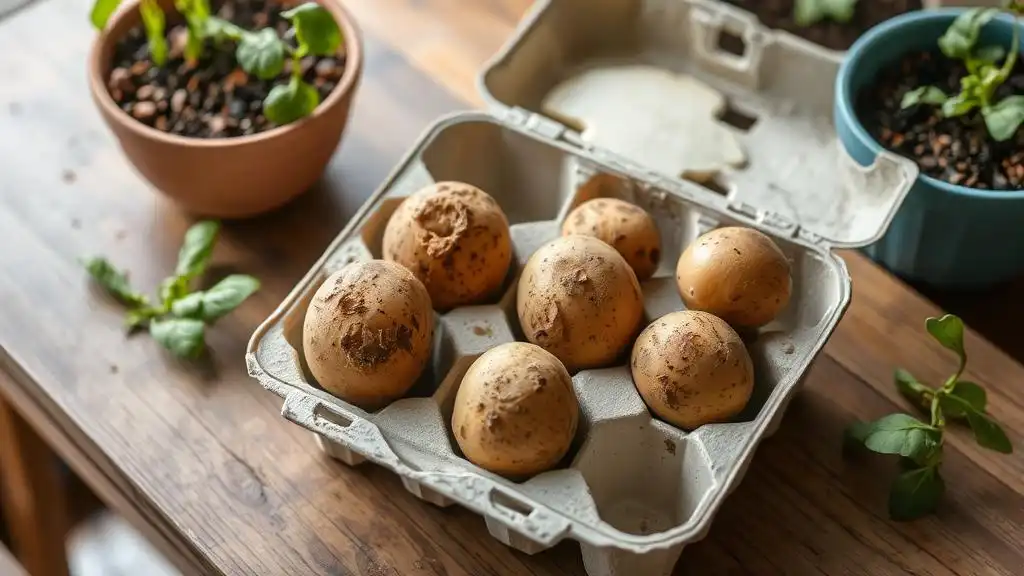What floral creation can be more innocent, pure, yet vital than the daisy plant found in your garden? Daisies, especially its common varieties, represent one of the most popular Google searches, as well as a good plant identifier free of charge, which means their aesthetic appearance spiced with cultural significance and overall distribution is immense. But how can you introduce daisies to your local garden with ease?
What do daisy seedlings look like? How to get prepared for the growing season? In this brief guide, we have compiled only relevant information regarding daisy cultivation in the enclosed areas and their requirements for lush and rich thriving.
What Do Daisies Need to Grow?
Among the varieties of daisies, its common iteration is the most popular and resilient flowering plant that cannot but thrive in the proper conditions only. Like any other living being, daisies prefer the specific environmental conditions that should be always taken into consideration as they are planned to be cultivated in a private garden.
Sunlight: The most crucial condition under which your daisies will flower comes down to the full sun exposure of at least 6 hours a day. Nevertheless, they might potentially tolerate partial shade, though this should hinder the optimal growth and proper development of blooms in the end.
Soil: The basic needs of the daisy plants suggest that they need well-drained soil of sandy or loamy origin with a pH level of 6.0 to 8.0 (pretty flexible for a cultivated plant, isn’t it?).
Watering: As a plant species that had once been adopted by a human, a daisy is dependent on evenly moist soil with no signs of sogginess or the like. When in the wild, these varieties require consistent and adequate moisture levels that can be achieved via the scheduled procedures.
Temperature and Climate: Being a hardy plant that can tolerate various environments does not mean these plants can live for decades and delight us with the blooms they produce each year. In fact, daisies efficiently thrive in temperate climates with no prolonged freezing periods but light frosts only.
As soon as one notices that their environment presents the most suitable conditions, it is high time to know where to start and which steps cannot be missed, too. So, what do we need first?
What Does a Daisy Seed Look Like?
Although the easiest way to cultivate daisies usually begins with plant babies found in the local plant nurseries, one can proceed with searching for the daisy seeds that are to be planted in their own garden. What do daisy seeds look like then? In general, daisy seeds appear as small, oblong, and flattened creations of different colors and surface textures.
Remember that when the daisy looks like a dandelion, you have to quickly collect the seeds and keep them for the next gardening aspirations.
Daisy Cultivation: Tips for Planting and Nurturing Daisy Blooms with Ease
The process of growing daisies is indeed a rewarding experience, for it is much more flexible than other vegetation to plant and take care of. Surprisingly, there is no specific date for planting daisies. Instead, one is free to choose any time period in the range from the spring (6-8 weeks after the last frost) to early fall. When the seeds are selected and the time has just come, you can follow the step to minimize risks but promote a healthy, thriving garden beforehand.
Step 1. Choose an Appropriate Location
Since the plant needs great volumes of sunlight, it is important to select an open, free area with enough space for each plant to develop. So as to check the illuminance levels and make sure the plant is to be located appropriately, one may use the camera implemented in AI Plant Finder, an app with a set of features designed specifically for plant lovers of all sorts.
Step 2. Prepare Planting Sites
The next step usually involves the daunting preparation of the planting site, i.e., filling in the trails or pots with the specific soil mix, which includes peat moss, perlite, and vermiculite. AI Plant Finder may help here, too! Search for the plant in the comprehensive database of more than 300,000 species and explore the soil composition ideal for the daisies to thrive. Afterward, do not forget to add water and go to the next stage.
Step 3. Plant Seeds
When the right season comes, one can immediately sow daisy seeds and cover them with a thin layer of soil with enough room to grow. Make sure the seeds are located with the ends facing downward. After planting, water the seeds gently so as to keep the soil moist but not waterlogged until germination, which takes 10 to 14 days, as a rule. Set up plant care reminders so as not to forget about watering sessions (AI Plant Finder is always here to help with this, too).
Step 4. Prepare, Relocate Seedlings, and Enjoy
Finally, the new plants should be accommodated to the environmental conditions. Harden off seedlings, expose them to the outdoor space, and let them get used to the wind, breeze, direct sunlight, etc. Over time, there will appear small yet true leaves that indicate that the seedling is ready to be transplanted into the garden or larger pots with fertilized soil, depending on the target, be it indoor gardening or open-air positioning. You are all set.
Plants, especially those that are beautiful and meaningful as well, are unique creations that attract more and more people every day. Although daisies do not require much, these are still demanding in terms of planting and maintaining their health. Hence, if you ever consider cultivating the daisy blooms, prepare in advance and explore new information with curiosity and respect in your mind.
AI Plant Finder Related Posts:





